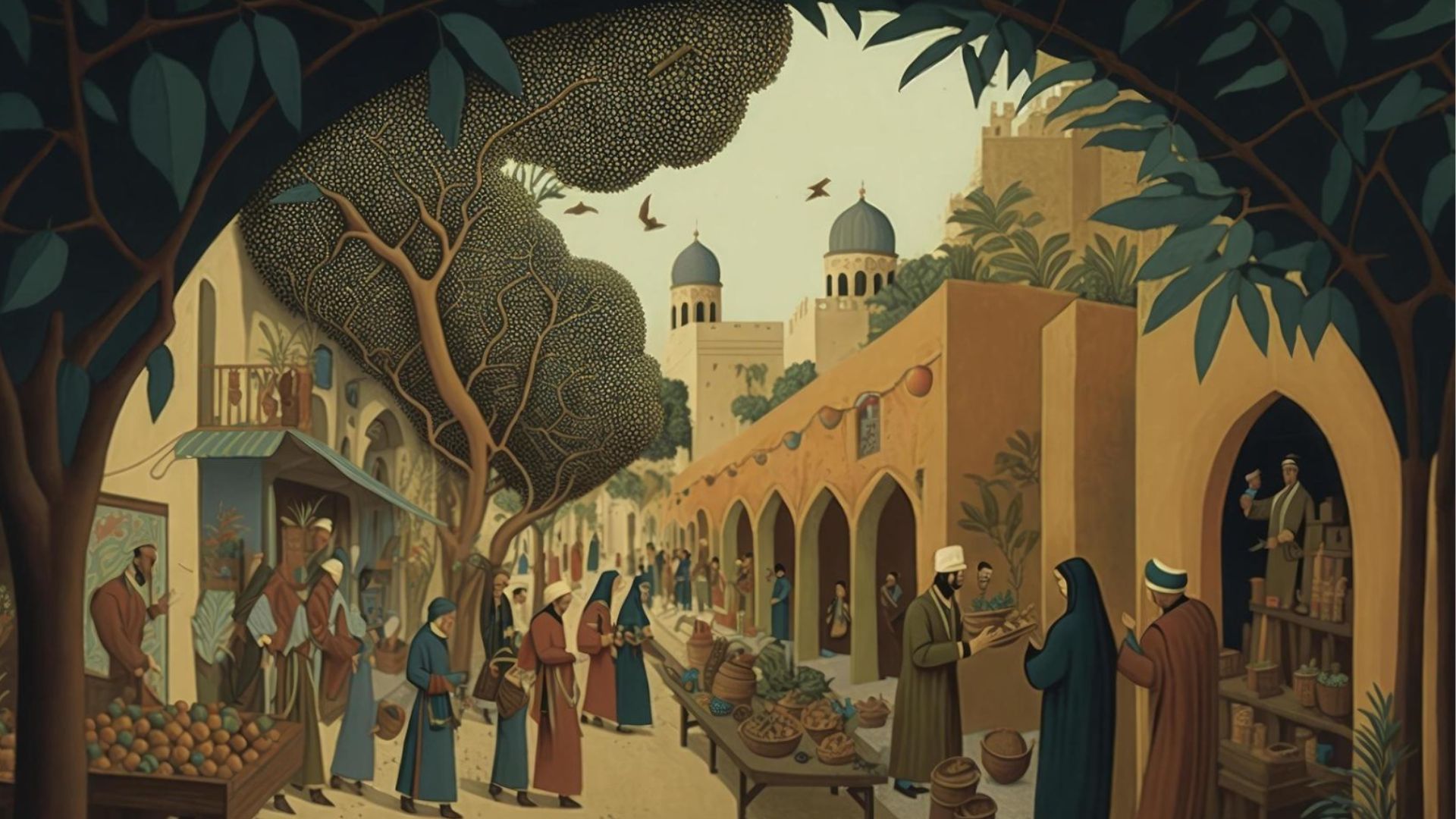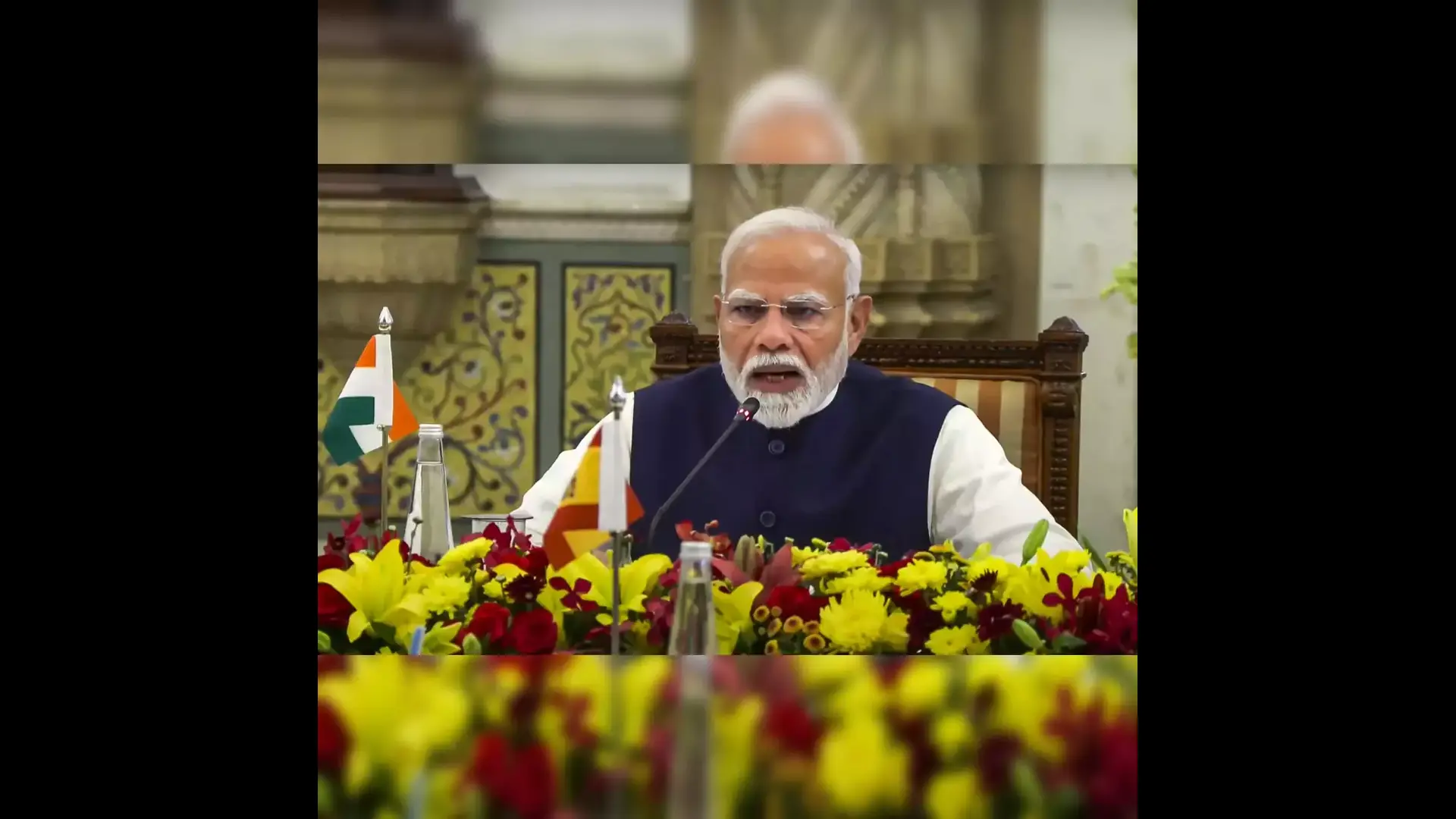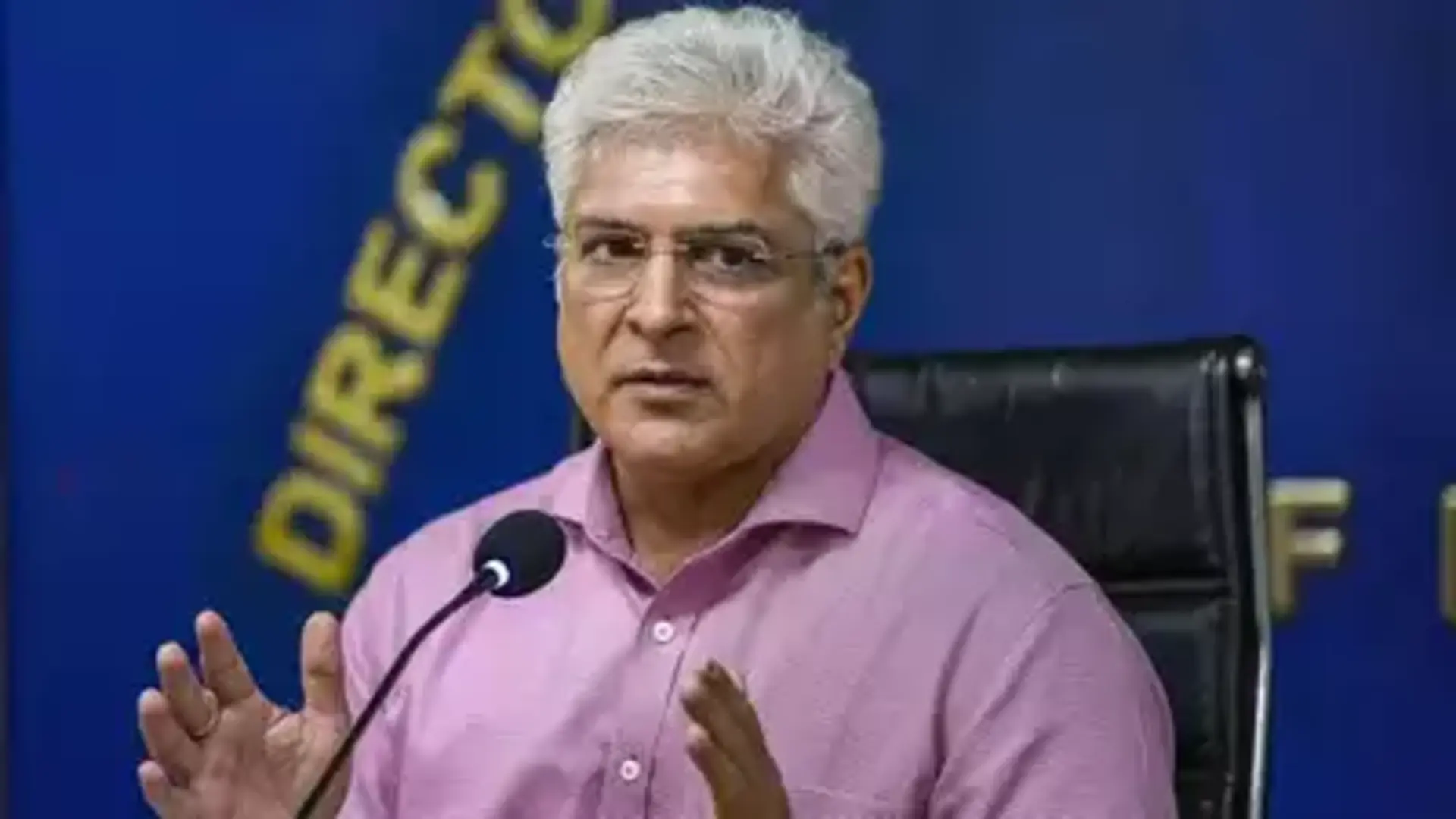
The Silk Road was a network of trade routes that linked East and West for over 1,800 years. It facilitated the exchange of goods, ideas, and cultures between civilizations such as China, Rome, and India. Stretching across thousands of miles and numerous cultures, the Silk Road was more than a mere trade route—it served as a channel for ideas, religions, and innovations that transformed the world.
The Silk Road, established during the Han Dynasty around 130 BCE, was a trade route network connecting East Asia to Europe, facilitating the exchange of goods, culture, and knowledge. Initially dominated by the Silk trade, this route expanded to include other significant commodities such as paper and gunpowder, which catalyzed major changes in European society. Additionally, the Silk Road played a crucial role in spreading religions, including Islam and Nestorian Christianity, to various regions including India. The Silk Road also Spread Buddhism to the world.
Samarkand, Bukhara, and Takshashila were some of the primary hotspots along the Silk Road, serving as major hubs for traders and travelers. Renowned explorer Marco Polo, who traveled the Silk Road from 1271 to 1295, famously remarked, “What I saw in the East, I can’t tell even half of that because not a single person would believe what I saw.”
The Silk Road also connected the southern part of India via the Grand Trunk Road also known as GT Road, extending its reach to Beijing, Shanghai, and Constantinople (modern-day Istanbul). The fall of Constantinople to the Ottomans in 1453 was a pivotal event that led European nations to seek alternative routes to Asia, eventually sparking the Age of Exploration.
Key Indian sites connected to the Silk Road, such as Indraprastha, Shrawasti, Kaushambi, and Kushinagar, are now recognized as UNESCO World Heritage tentative sites. The route’s significance diminished due to geopolitical shifts and the rise of maritime trade routes.
German geographer Ferdinand von Richthofen in 1877, the Silk Road’s use spanned from the 2nd century BCE to the 18th century AD, facilitating economic, cultural, political, and religious exchanges across continents. The Maritime Silk Road, initiated in the 1st century, extended trade routes by sea from Vietnam through India, Sri Lanka, the Red Sea, and to the Roman Empire.
Launched in 2013, China’s BRI aims to recreate and expand upon the ancient Silk Road. The initiative consists of both overland economic corridors and maritime trade routes. David Sacks, an expert on U.S.-China relations at the Council on Foreign Relations, states, “China has had a fair amount of success in redrawing trade maps around the world, in ways that put China at the center and not the U.S. or Europe.”
The scale of the BRI is staggering. By 2023, 147 countries—accounting for two-thirds of the world’s population and 40 percent of global GDP—have signed on to projects or indicated interest. The initiative includes the construction of railroads, highways, ports, and other infrastructure projects designed to facilitate trade and economic growth.
However, the BRI is not without controversy. Critics contend that it signifies a troubling expansion of Chinese power and influence. Some see it as a potential debt trap for participating countries, pointing to instances where nations have struggled to repay Chinese loans for infrastructure projects.
A 2021 study analyzed over one hundred debt financing contracts China signed with foreign governments, revealing clauses that often restrict restructuring with traditional creditor groups like the Paris Club. These contracts frequently allow China to demand repayment at any time, potentially giving Beijing leverage over participating countries on issues such as Taiwan or human rights.
The coming years will be crucial in determining whether the New Silk Road will fulfill its promise of shared prosperity or become a source of international tension. As countries navigate the opportunities and challenges presented by the BRI, the world watches to see how this modern incarnation of an ancient trade route will shape the future of global commerce and diplomacy.
The Silk Road stands as a symbol of human ingenuity, resilience, and the timeless quest for connection. Its story is a reminder that in the tapestry of history, threads of commerce and culture are inextricably woven together, shaping the world we live in today.















